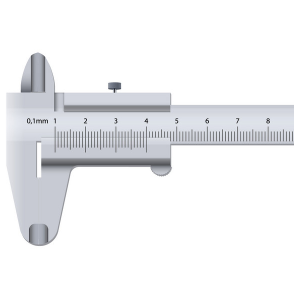Pick the right material because the price and the ways in which different materials can be processed are both different. In order to satisfy demand, it is important to select materials that are not only inexpensive but also simple to process.
Reasonable planning of processing processes, including reducing the number of processes that are repetitive, the number of times tools need to be replaced, the number of times they need to be transposed, etc.
Tool use should be optimized by choosing the appropriate tool material and structure to cut down on tool wear and scrap.
Enhance the production efficiency through the use of CNC machining centers with faster feed rates and the implementation of more cutting-edge manufacturing technology.
Enhance the level of processing by increasing the depth of each processing step while simultaneously reducing the number of times the step is performed. This should be done so that the production's quality and consistency are not compromised.
Reasonable arrangement of the production cycle: lowering unit costs requires having a cycle that runs for a longer period of time.
When you buy materials and tools in large quantities, you may be able to negotiate better deals with the suppliers.

A manufacturer of components made of machining aluminum alloy panels successfully cut costs by doing the following:
The number of components was cut by twenty percent thanks to a more streamlined component structure that was designed with the help of the suppliers.
As the raw materials, select the high-hardness machining aluminum alloy 6061, which is also relatively inexpensive.
In order to cut down on unnecessary inversion and measurement processes, the initial 12 processing steps have been integrated and streamlined into a total of 8 steps.
Both the feed rate and the efficiency of the machining are enhanced by the utilization of the most up-to-date 5-axis ultra-precision CNC machining center.
When the machining depth is increased, the number of times that individual components require machining is cut down significantly.
Establish a mode of mass production that occurs every two months, lengthen the initial cycle so that it lasts for fourteen days, and increase the amount of space reserved for volume production.
Improve the monitoring of the indicators of the workpiece that is being processed, and cut down on the production of reprocessing and waste products that are caused by quality issues.
Because of these initiatives, the company has been successful in cutting the cost of manufacturing individual components by close to thirty percent. It consists primarily of these:
Reduce both the number of rotations of the production line and the number of times that tools are switched out.
Reduce the amount of wear and tear on your equipment by using more standardized tools.
Improve the efficiency of production as well as the output per hour
a significant amount of work put in to bring the rate of rejection and the rate of reprocessing down.
The first step is to ensure that the design and materials are as efficient as possible. We have been able to reduce the number of parts by approximately 25% over the past decade by working closely with designers and engineers. This was accomplished by reducing the number of parts by approximately 5% at a time. Because of its moderate cost and high hardness, the moderate 6061 aluminum alloy was selected as the primary raw material. This decision resulted in a cost reduction of nearly 15 percent.
The second is the maintenance and advancement of the manufacturing line's procedures. The first version of our manufacturing process included a total of 12 process steps; however, after some optimization, we are now only using the necessary 8 process steps. In addition to this, we make use of a 5-axis ultra-precision CNC machining center, which contributes to an increase of approximately 30% in the hourly production capacity. The total effect of these measures was a 20% reduction in unit costs.
Then there is the ongoing process of improving tools and lubricants in order to effectively cut down on costs associated with processing and wear. In order to lower the cost of tool lubricants per unit, we increase the production batches that are made and take advantage of economies of scale.
Lastly, we employ a more refined quality control system. In the event that there is a problem with the product's quality, we immediately optimize the parameters and processes of the processing, which results in very little waste and reprocessing.
By working together, we have been able to cut the cost of the individual parts by almost thirty percent. In the future, we intend to continue to improve around optimal design and cutting-edge technology in order to further cut down on the costs of manufacturing. It is my hope that the information presented here is sufficient to demonstrate that we are taking preventative measures to optimize costs in order to keep our advantage over competitors in this field.